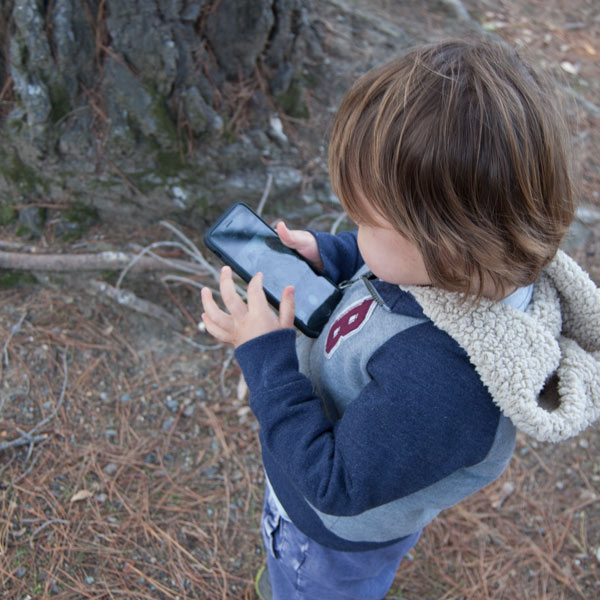Children look at objects up close and discover how they change from different perspectives.
Materials Required
- A room or outdoor space with objects safe for children to explore
- Paper
- Pen/pencil/crayons/etc.
- Smartphone that can take pictures (optional)
Instructions
- Ask a child to find something special to examine more closely (e.g., a flower, a leaf, tree bark, a water fountain nozzle).
- Ask the child to draw or take a picture of what they see and then ask a friend to guess what the object is.
- Observe and discuss the shapes of both the picture and the real object. What’s different between them? What’s the same?
- Now ask the child if they can make the object look different by getting really close or far away or by looking at it from above or below. Challenge them to use the new details they notice to draw or take another picture. Ask a friend to guess what the object is this time. Was it easier or harder than before? How did this new perspective change the picture?
Additional Tips
Try these add-on activities:
- Add new tools to explore the object further. How could you use a flashlight, translucent materials (e.g. colored cellophane, sunglasses) or other tools to change what you observe? Can you alter how the object looks to the point that the object is no longer recognizable?


